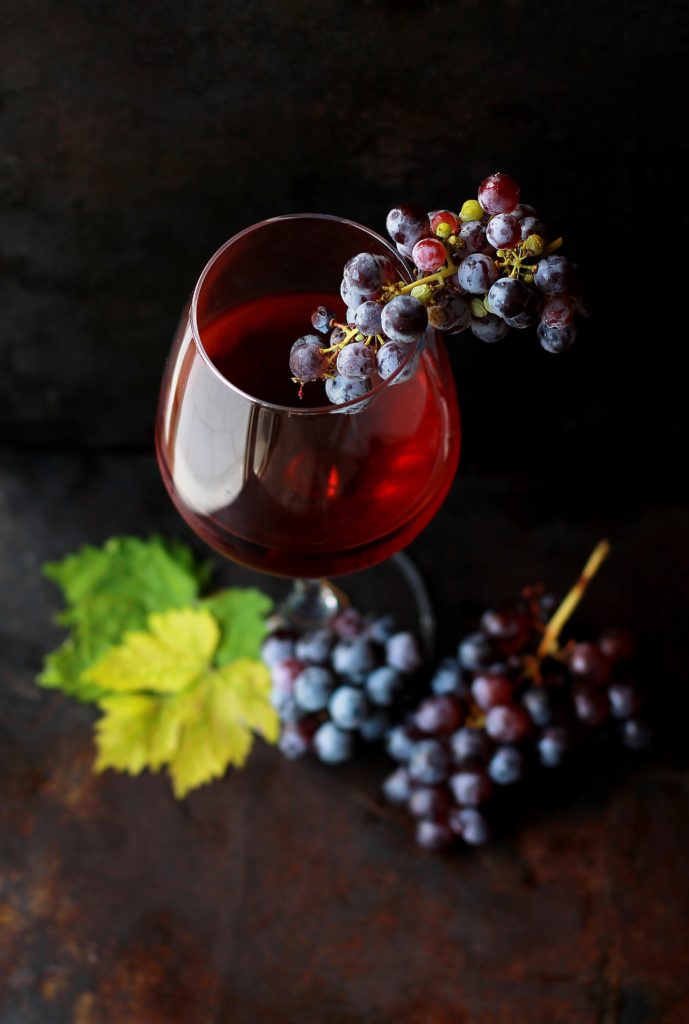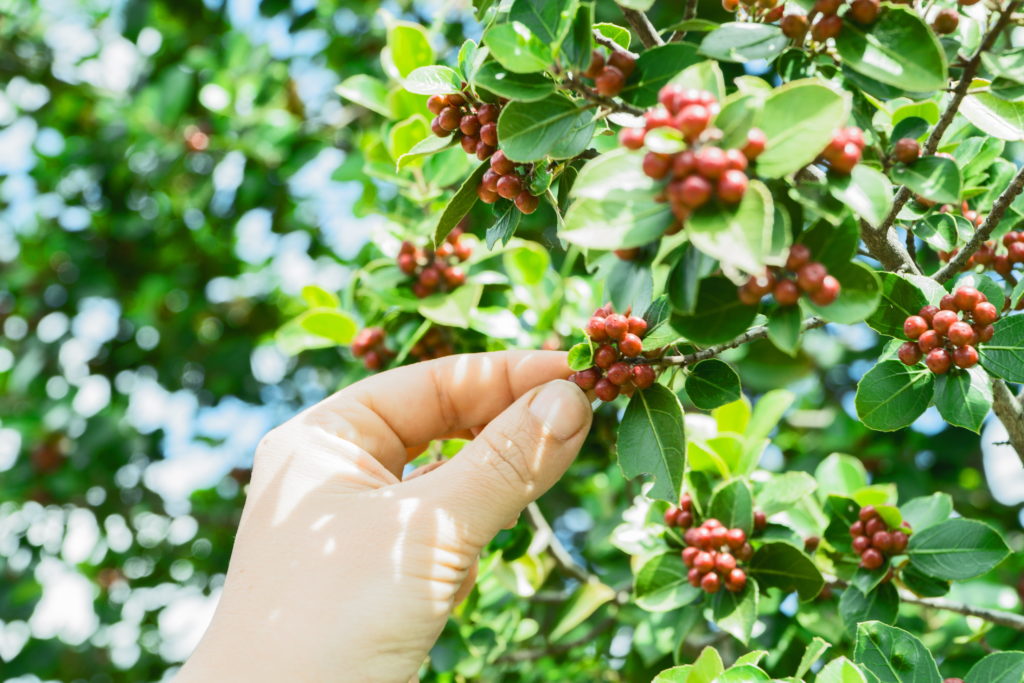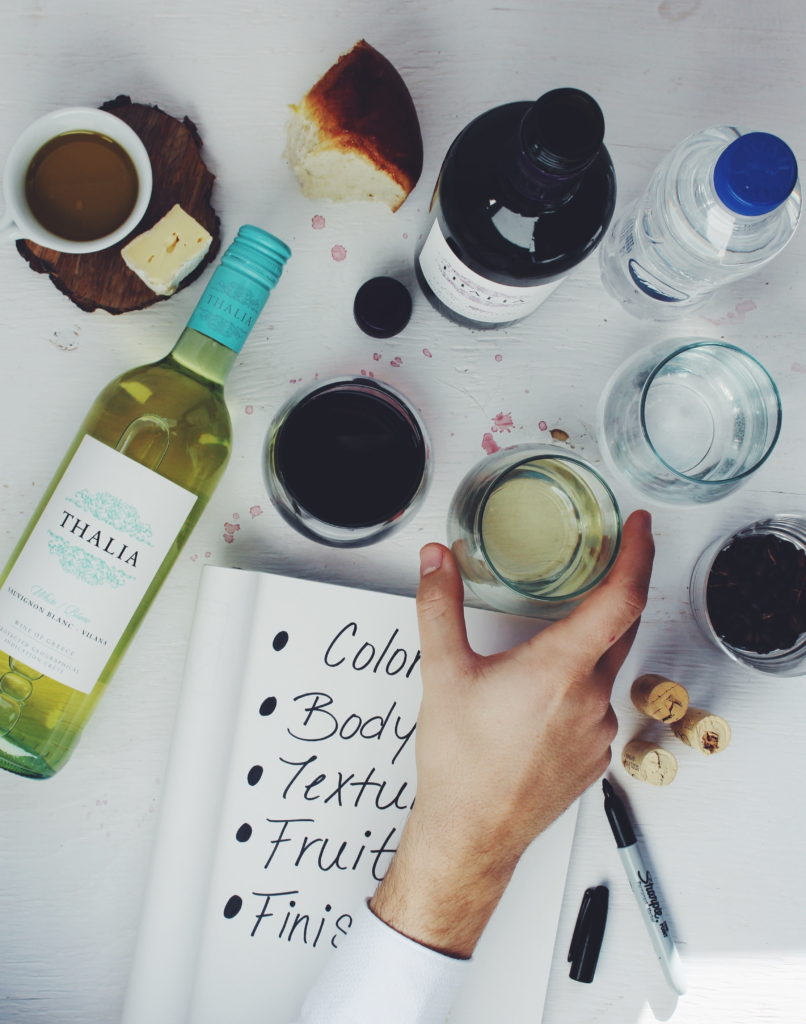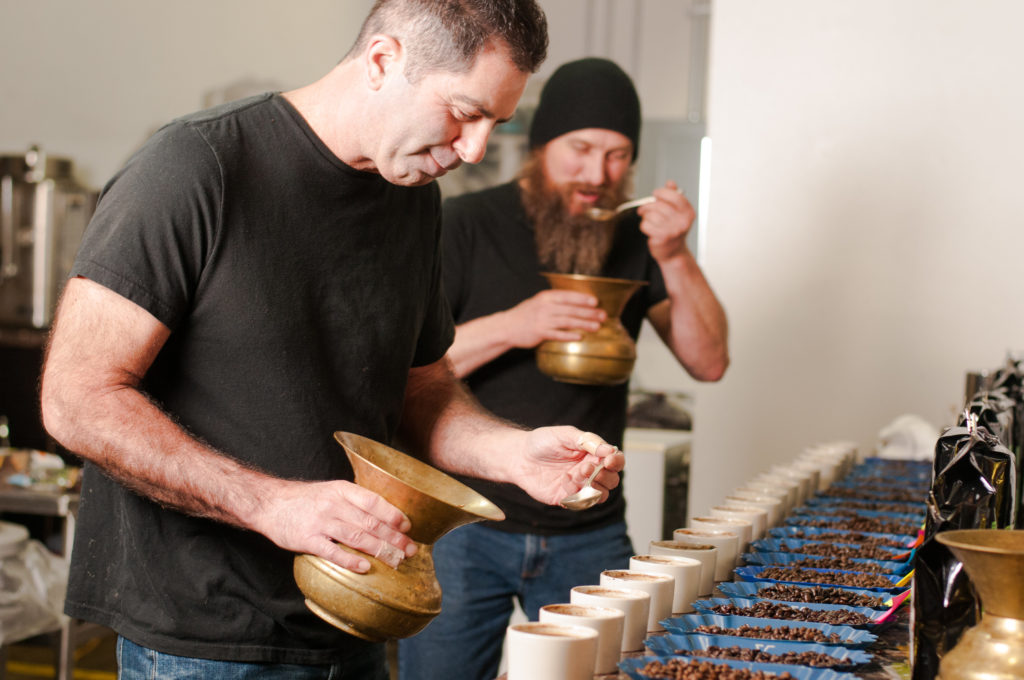
Wine connoisseurship makes you a better coffee connoisseur
Good news for coffee and wine lovers: Apothic Brew is available again this year! Acclaimed as “OMG good stuff”, what did it make consumers miss exactly? Being a coffee-infused wine, Apothic Brew made its debut last year and received substantial media coverage right after its coming to the table. As the first red wine infused with cold brew coffee, this blend is to bring you the enjoyment of red fruit notes with subtle mocha flavors. What’s interesting is when Apothic is served at room temperature, it tastes more like red wine; while it is cooled down, you may feel like enjoying a cup of cold brew. Thanks to its less caffeine content than that in a standard cup of coffee, you don’t even have to worry about getting twice the buzz. But bottles soon fell short of demand because of its limited releases. Now its fans are happy that it is no longer the case.
Before Apothic Brew, Molinari Private Reserve – a red wine infused coffee, made a splash and took coffee-wine pairing to a new stage. By soaking green beans in a barrel of red wine prior to drying out a second time before roasting, it brings the goodness of wine into coffee, doing well both in pour over and espresso. Likewise, while Molinari is made hot you are going to have more coffee flavor, and if slightly chilled, it tastes winey evolving across your tongue.
This will not be the first time that coffee and red wine have been interacting. Regarded as a science as well as an art, coffee and wine often find their respective followers and connoisseurs. These two drinks both play an important role in our daily lives and have been consumed by people from different social strata for a long time, as the saying goes, a good day starts with coffee while ending with wine. We can see the combo makes a lot of sense.
The Many Ways Coffee and Wine Overlap
Specialty coffee has been influenced by the wine industry and learning from it in many ways. Firstly, when speaking of the variety in wine, it refers to either the grape itself or the type of wine. It seems that the grape variety determines the wine to a great extent as we often know what to expect from Chardonnay or Pinot Noir. In coffee, the equivalent of “variety” is “cultivar.” Arabica is the source of most specialty-grade coffee and thus the preferred cultivar over Robusta, which includes important ones like Typica, Bourbon, Caturra, Pacas, and a rare and beloved Gesha (or Geisha) cultivar. As with the defining effect of grape varieties on wine, coffee cultivars help shape each coffee’s flavor profile and also transmit terroir.

Both wine and coffee are heavily impacted by terroir, the set of all contextual factors consisting of geography, soil, and climate that displays the distinctive properties of the given variety. While in terms of coffee, terroir is more specific, commonly referring to microclimate, including altitude, soil quality, temperature, humidity, and access to sunlight. For example, coffee beans planted at higher altitudes are often found to be more complex in flavor and have a higher acidity level. In general, specialty coffee can be recognized by their regional characteristics. When it comes to African coffee, we would have a broad picture of its light-bodied but bright flavors. More specifically, say Kenya, its bright and juicy acidity with complex tones of berries like black currant and raspberry can be recalled.
Professional tasters of both worlds describe and evaluate wine and coffee through their flavor, body, acidity, and aroma attributes. Studies have discovered approximately 200 aromatic and flavor compounds in wine and over 850 in coffee. Accordingly, wine tasting experts have developed the Wine Aroma Wheel as a useful tool to identify the various flavor notes and enhance tasting experience. Derived from this, the Coffee Taster’s Flavor Wheel is introduced to help people evaluate the different flavor attributes of a particular coffee. Many of the characteristics in coffee naturally overlap with those in wine, so it makes perfect sense that specialty coffee has been borrowing terminology and techniques from the master wine.
Learn from Wine Connoisseurship
Before a coffee tasting journey, it is a good start to take a look at the basic steps to taste wines, which are used by professionals and practiced by sommeliers. The approach could act as a guide to develop and refine our palate. And remember, everyone is able to taste.

▶LOOK Viscosity (wine legs)
▶SMELL Grape-derived aromas/ Yeast-derivative aromas/ Aging aromas
▶TASTE Flavor/ Structure (acidity, sweetness) / Length (front-, mid-, back-palate)
▶CONCLUDE Any unique characteristics? A good finish? You liked it?
How to Taste Coffee More Professionally?
Based on the guidelines of wine tasting, we are able to develop a well-specified method to evaluate and experience coffee. It should be noted that we are not introducing cupping here, since we are not focusing on coffee roasting or coffee bean grader. It is more of significance and fun to improve our palate and appreciate the pleasure of tasting good coffee.
Step 1: Look
Check out the shade of brown in the cup, which should be related to brewing methods and roast levels. Generally, pour-over coffee should be less brownish and more transparent in comparison to espresso. It is often considered a good sign of a possibly delectable cup of espresso if it consists of two layers of brown – deep dark liquid underneath, and a rich, caramel brown and consistent crema on top.
Step 2: Smell
To begin with, engage your sniff right post grind, that is, fragrance. If it is a pour over, pause after first wetting the coffee grounds and smell the bloom, that is, aroma. Then prior to your first sip, smell while tilting the cup over the bridge of your nose. If you are taking an espresso, considering a covering crema, it is recommended that you breathe after taste as the sensation would be stronger while exhaling.

Step 3: Taste
Basic tastes Like wine tasting, firstly, we evaluate the currently five basic tastes in coffee: acidity, sweetness, bitterness, saltiness, and umami. Acidity is also known as brightness. It ranges from citrus fruits to tropical fruits, berries, stone fruits, and even to flowers. If some acidity reminds you of some specific fruits which you can pinpoint, you are into it. Followed by sweetness, look for ripe fruits and sugary tastes. While it is not sweetness you perceive but bitterness instead, you should learn to distinguish whether it is dark chocolate-like bitterness or carbonized bitterness. For under-extracted coffee, it is very likely to bring about taste of saltiness. Concerning the rare fifth basic taste, umami, it describes “meaty” or “savory” qualities. In some instances, you may find tomatoey flavor in some Kenya coffee.
Mouthfeel There are other terms referring to mouthfeel: body, texture, smoothness, and thickness. The mouthfeel will roughly correspond with brewing methods. French press will produce a heavy-bodied cup of coffee, while siphon may generate a similarly rich body but without the chewy sediment. And you might expect a crisp and clean cup from a Hario V60 brew. Different beans and roast levels will also bear the weight of coffee in your mouth.
Timing Great coffee will often possess a dramatic beginning, middle, and end (finish). The flavor changes as temperature drops. So ask yourself, does the coffee have a lingering sweetness or bitterness? How does it taste when the coffee is not with you anymore?
Step 4: Think
Does it leave a lingering finish or just fall off your tongue entirely? Can you develop a complete profile of the complex layering of flavor? Although coffee tasting is kind of subjective, it is a good start to think about what you are drinking and establish your own understanding of quality evaluation, which will lead you to your preference and awareness that your taste will develop over time.
The framework of tasting coffee in a logical way is set, while experience is the real guide. What is more, since coffee around the globe is evolving fast owing to the innovation at every stage, tasting the subtle nuances of newer flavors would be intriguing. You can be a gourmand creating an invigorating and different new coffee experience.
Now, let’s see how Rick Molinari, proprietor of Molinari Caffe and initiator of Molinari Private Reserve, would recommend us the smart ways to taste the signature wine-infused coffee.

IG@bigshotinwinecountry
Talk with Rick Molinari, Proprietor of Molinari Caffe
How did you get inspired about the product Molinari Private Reserve (MPR)?
The inspiration came from my lifelong residence in Napa Valley, in a culture of wine and coffee. Like my father’s generation that used to pour wine in their coffee after dinner, I came up with the idea of blending coffee and wine. Together with my friend and roaster John Weaver who was master roaster for Peet’s Coffee, we spent about three years of research and development to get what we wanted.
What coffee beans and what wine do you use for MPR?
Neither coffee beans nor wines are fixed. MPR could be a single-origin coffee or a blend one. The key is how they match each other. Generally, the flavor of blends will be more complex and wider than just one single coffee beans. For instance, one of our best-sellers is the blends where mixture of coffee beans is infused in a varietal wine. The flavor also changes with the year of wine, say, year 2012 versus 2016, the older the wine is, the more fruitiness you would taste.
How do you select the wine to infuse a particular different coffee? Are there any guidelines?
The wine is 100% from local – Napa Valley – where I was raised and growing up all my life. The properties of wine lead the way, determining what coffee beans to be used. Given a particular grape, say, Malbec and Cabernet blend, I would choose Ethiopian beans to bring out more notes of the wine.
Regarding different brewing methods, what’s the best way to enjoy MPR?
MPR can be enjoyed in many ways. When made into espresso, it embodies a rich and smooth taste with a red hint on the crema. If you prefer black coffee, you would experience a round taste with the smell of wine. The cooler it gets, the more winey flavor notes it presents. If you prefer milk coffee, the fat from the milk would bring out the wine taste first and give you a full and bold flavor. Moreover, when MPR is brewed with French press or V60, you will smell perfume of wine. It tastes smooth and with no acidity. You will also catch a hint of fruits like blueberry from both wine and coffee beans. The cooler it becomes, the more balanced and full-bodied it turns.









Coffee Sage Sam Higby Brews the Perfect Trail Boost | Adventure Pro Magazine
5 May
[…] “More than 850 flavor and aromatic compounds exist in coffee. Only 200 are in wine,” said Sam Higby, 39, co-owner of First Ascent Coffee Roasters (FA). Higby stops to arrange a blind cupping for me with their handcrafted instant coffee in the workshop in Crested Butte, Colorado. The space around us holds a packaging machine, freeze dryer, and top-secret frankensteined brew system with Higby’s coal-toned, lanky Bernedoodle puppy springing around the open floor. […]